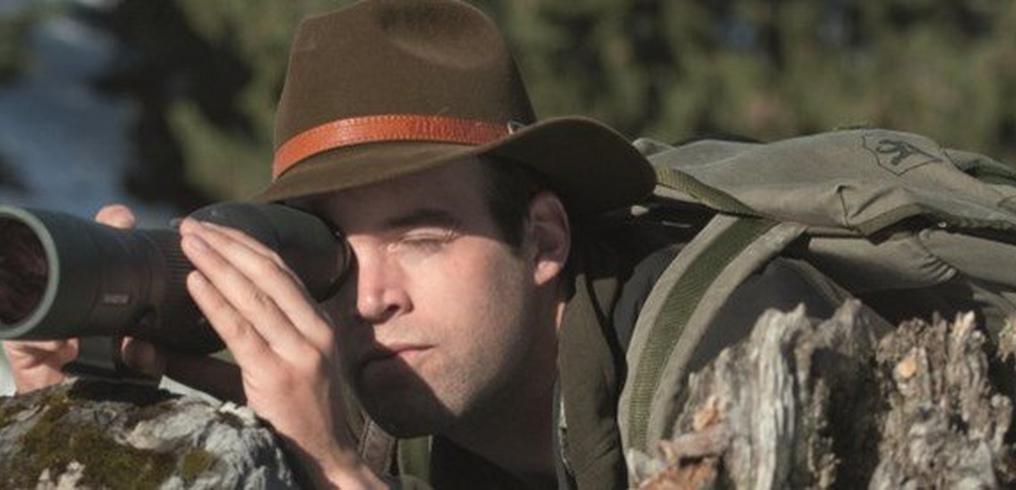Spotting scopes: experience nature up close
If you want to get even closer to your subject than with your binoculars, then a spotting scope comes to mind. This is a monocular with a very high magnification factor. You look through it with one eye. Thanks to the high magnification factor, you can view every single feather of the tiniest bird and the speck in the air turns out to be that unique place that you've always wanted to see. In many cases, the magnification factor of a scope can be set between 20 and 40x. That means a magnification factor that is around five times higher than that of common binoculars. The large front lens provides a clear picture and a large exit pupil. Both of these things make a spotting scope very nice to use.
How do you know which spotting scope is right for you?
When you're purchasing a spotting scope, it's important to keep a few things in mind. First, consider what you'll use your spotting scope for, and then look for a suitable magnification factor, lens diameter, and consider whether it'll need to be waterproof or dustproof. In addition, weight and reputation of the brand are, of course, also important. Finally, reading reviews from other customers can be really helpful in making a decision.
Use a tripod
The strong magnification factor of a spotting scope also magnifies the movements of the scope itself. Therefore, you shouldn't really use a spotting scope without a tripod. Use it on a solid tripod and you'll make the most of the quality your scope has to offer. It has the additional benefit that you won't have to carry the weight of your scope yourself. You can fully focus on your subject.
Waterproof
Of course, you'll take a spotting scope outside to look for remarkable animals, even when it rains. You don't want the image to become blurry due to moisture. For that reason, it is important that a spotting scope is waterproof. The spotting scopes in our range have no trouble with this at all. In addition, the scopes won't fog up when exposed to large differences in temperature. A big advantage!
Difference between a spotting scope and binoculars
A spotting scope and binoculars have many similarities. Still, there are some differences that result in them being used for different purposes. Spotting scopes often have higher magnification factor than binoculars and a larger lens diameter. As a result, a spotting scope magnifies more strongly and allows more light through, producing brighter images. Because of the high magnification factor, spotting scopes are usually mounted on a tripod to make it easier to stabilise the image. Binoculars are often held in hand. In short, spotting scopes allow you to observe objects at a long distance, thanks to their large magnification factor and larger lens diameters, while binoculars allow you to track objects at a medium distance, since they have a lower magnification factor and a smaller lens diameter. It is also easier to track a moving object with binoculars. Spotting scopes, on the other hand, make it easier to bring a stationary object into focus.
